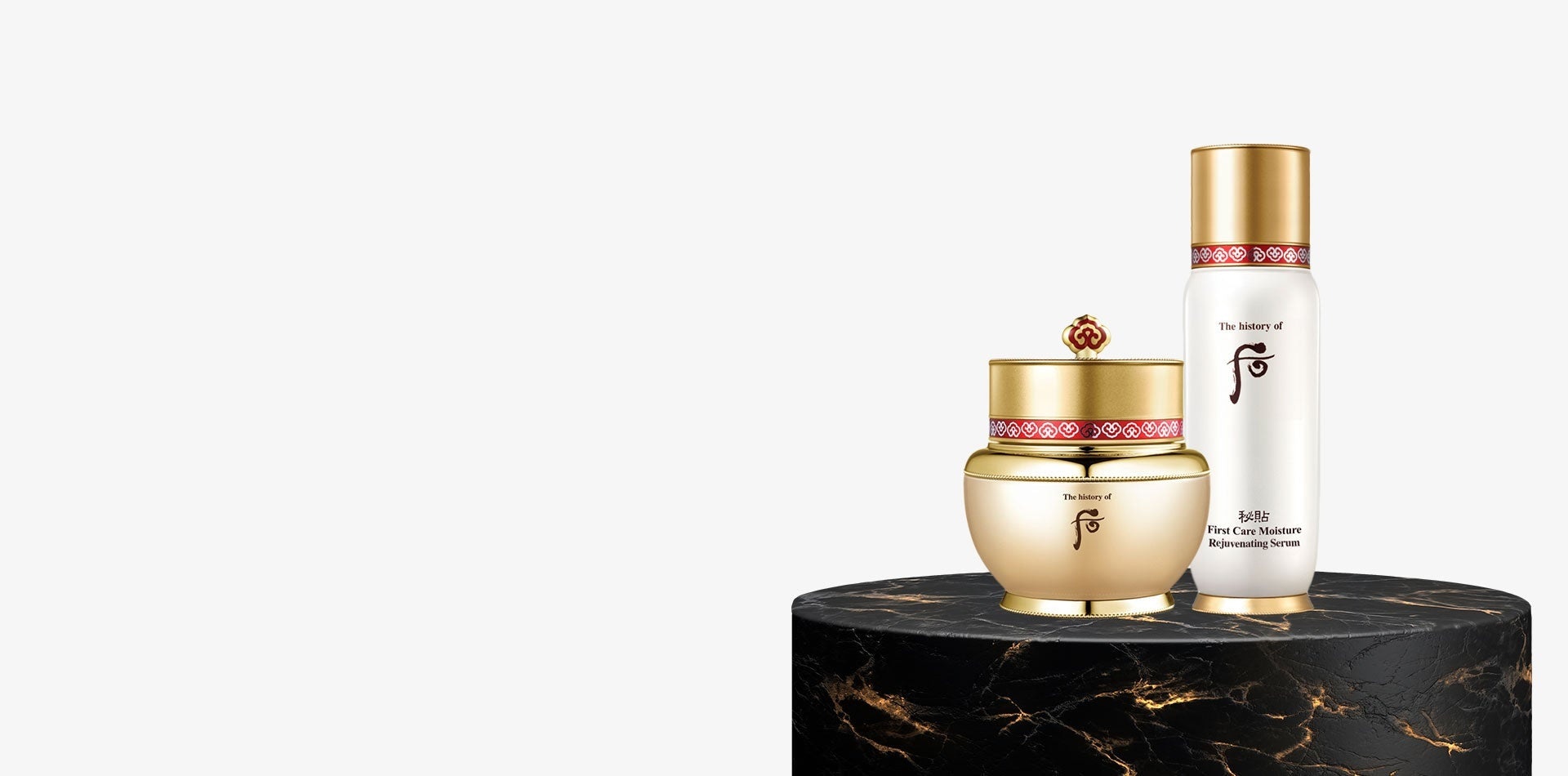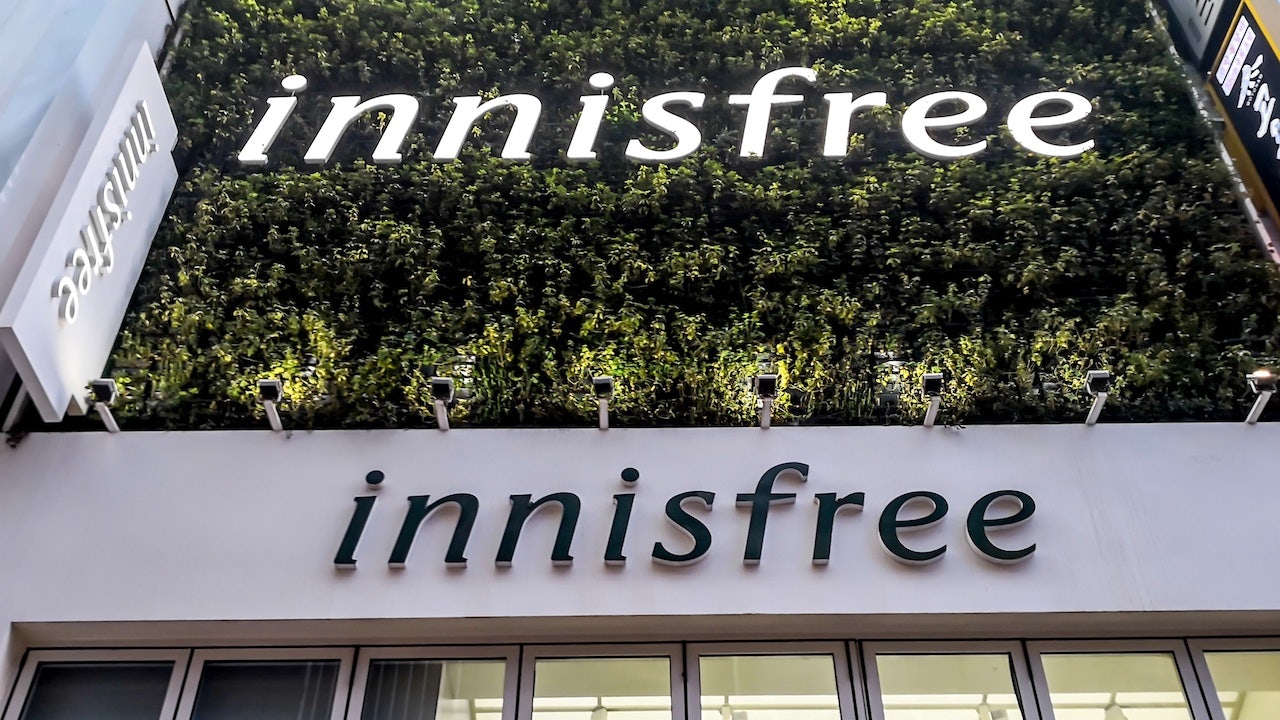After years of sweeping the market, the once-powerful Korean Wave is increasingly becoming a ripple in China, following a concerted effort by government regulators against cultural imports like K-Pop and surging competition from Chinese beauty brands that now challenge K-Beauty incumbents.
There is little evidence that China’s wide-ranging entertainment crackdown – which has targeted everything from celebrity culture and the “fan economy” to influencer tax evasion and “effeminate men and abnormal esthetics” – will deliver a death blow to Korean cultural imports any time soon. But the crackdown has made the crucial China market significantly more difficult for some Korean brands, particularly in the beauty sector, to navigate.
Between 2013 and 2018, exports of K-Beauty products to China increased an average of 41 percent per year, yet since 2019 exports have declined noticeably. In 2019, exports of Korean beauty brands to China rose just 14 percent, while they recovered somewhat the following year and increased nearly 25 percent in 2020. According to the South China Morning Post, K-Beauty’s difficulties really began around the time of the Thaad missile crisis in 2017, which saw China ban citizens from travelling to South Korea in groups and restricting the import of South Korean goods. Since then, problems have only compounded owing to the COVID-19 pandemic and the unique demands of millennial consumers and an ascending Chinese Gen Z.
The market environment in China has become markedly more complicated for Korean beauty (K-Beauty) brands over the past year. Occupying the crowded middle-market, in which they were higher-end and often higher-quality than local brands yet more affordable than Japanese, European, or American imports, K-Beauty brands have suffered from market saturation – there have simply been too many of them operating in China for too long – as well as a precipitous drop in inbound Chinese tourism for the past two years and intensified competition from duty-free shops in places like Hainan, where tourists load up on luxury beauty brands from around the world. They have also been left behind by broader consumer trends, with their fussy, multiple-step skin routines and maximalist packaging seen as outdated among younger consumers interested in stripped-back “skinimalism.”
This has manifested in shrinking retail footprints in China among once-powerful K-Beauty brands. Less than a decade after entering the market in 2012, the Amorepacific-owned mid-range K-Beauty brand Innisfree has largely dismantled its China retail presence, going from 800 stores to just 140, a market withdrawal rate of more than 80 percent. But Innisfree is not the only major Korean beauty brand to hit a wall in China. OG Korean skincare brand Etude House, also owned by Amorepacific, closed all of its physical stores in China last March, moving to a completely online presence after just eight years in the market. At its peak, Etude House operated 58 brand-owned stores in 25 first- and second-tier cities in mainland China.

With the group’s share price dropping nearly 20 percent over the past year, Amorepacific will need to do something quickly to turn around its prospects in China. According to Chinese-language media, Amorepacific plans to make “a new round of strategic adjustments” for the China market in 2022, which will include a stronger focus on e-commerce as well as its mid-to-high-end portfolio brands. Reportedly, the beauty giant’s store closings will only extend to Innisfree and not impact its other brands, which include Sulwhasoo and Laneige.
Doubling down on the higher-end of the market seems to be the strategy for major Korean brands as we enter 2022, following success in this segment last year. During the 618 Shopping Festival in 2021, premium Korean skincare brand The History of Whoo topped popular social platform Douyin’s beauty sales list. Whoo parent company LG Lifestyle reported that all of its six portfolio brands, which also include Su:m and O Hui, achieved $78 million in sales during the festival, a 70 percent increase year-on-year. The History of Whoo has seen particular success over the past year, owing to the rapid-fire adoption of trends like e-commerce livestreaming. During Tmall’s Double 11 festival in 2020, The History of Whoo appeared in a total of 305 live broadcasts via 135 hosts – among them heavy hitters like Viya, Cherie, and Lie’er Baby – with sales exceeding RMB 500 million ($78.6 million) in less than 15 minutes.
Left to battle it out in the higher-end of the market with the likes of content-commerce master SK-II, Augustinus Bader, La Mer and others, K-Beauty brands will need to be as innovative in their marketing as they are in their products to get their mojo back in China. As Jenny Zhang, strategy director at the cross-cultural marketing agency TONG Digital, recently told Jing Daily, “Many leading K-beauty brands are already cruelty-free, and there is an opportunity to carve out a new standard for ethics and sustainability within the global beauty industry. With China’s changing regulations on animal testing, this step in the right direction — coupled with focused innovation goals — could win back China and more.”

